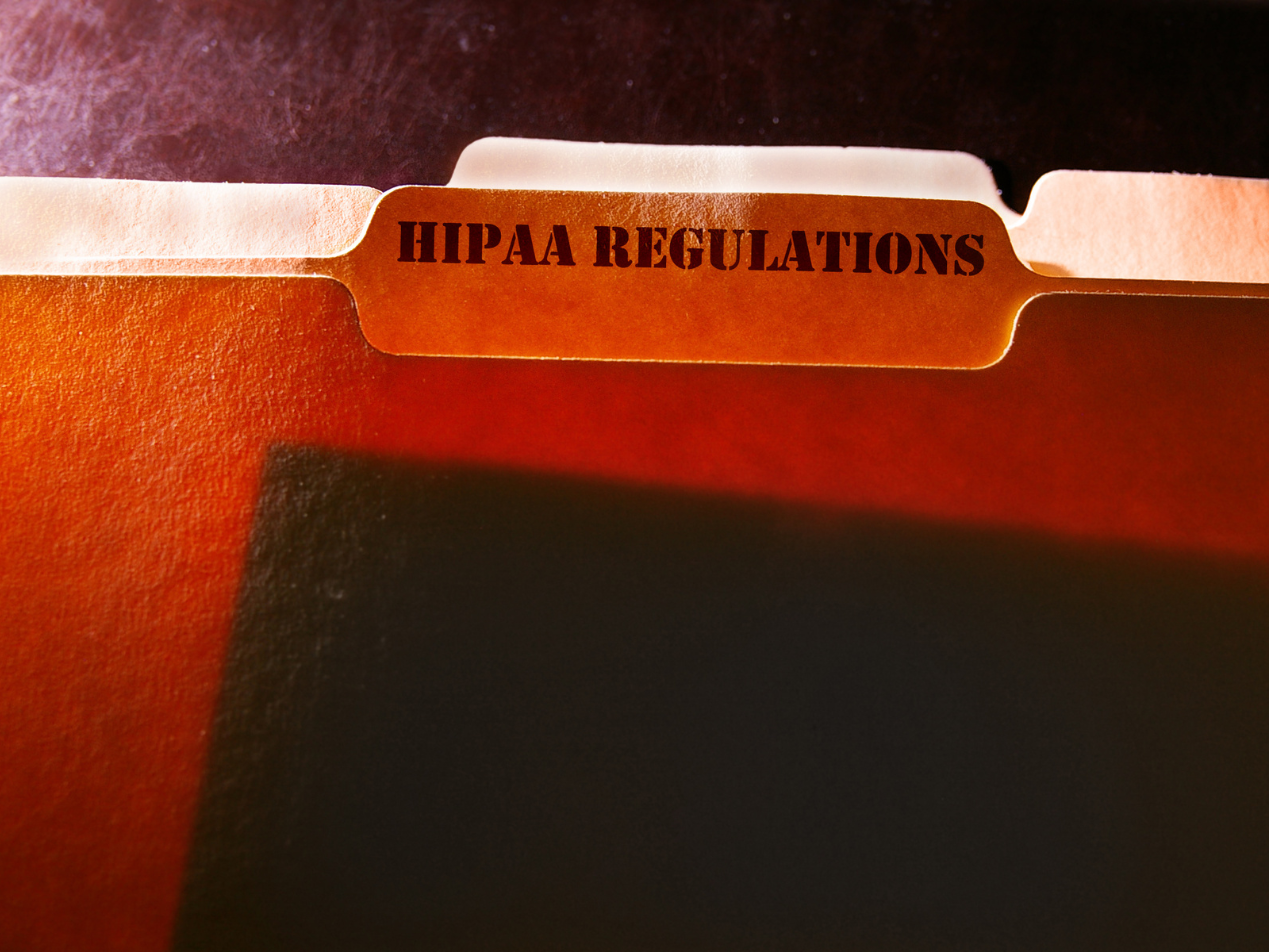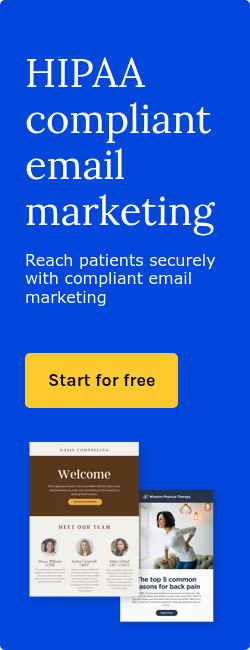2 min read
The 'Minimum Necessary' principle in HIPAA compliant email marketing
 Dean Levitt
April 10, 2023
Dean Levitt
April 10, 2023

Healthcare newsletters are essential tools for patient engagement, disseminating updates, and promoting services. To ensure compliance with the Health Insurance Portability and Accountability Act (HIPAA), it is crucial to understand the Privacy Rule's requirements and implement practical strategies when creating and distributing newsletters. This guide provides actionable insights and specific steps to help healthcare organizations maintain compliance and protect patient privacy without sacrificing the quality of their content.
Permitted uses and disclosures of PHI in healthcare newsletters
Before incorporating PHI into your newsletters, identify whether the information falls under the permitted uses and disclosures for treatment, payment, or healthcare operations (TPO). If not, obtain written authorization from the patient to ensure compliance. Here are a few tips to keep in mind:
- Clearly state the purpose of PHI use or disclosure in the authorization form
- Keep a record of all obtained authorizations for future reference
- Regularly review and update your authorization process to align with regulatory changes
Related: Do you need patient consent to send email marketing with PHI?
The "Minimum Necessary" principle
The "Minimum Necessary" principle is a component of HIPAA's Privacy Rule. It is designed to protect the privacy of patients' Protected Health Information (PHI) by requiring covered entities to limit PHI's use, disclosure, and request to the minimum amount necessary to accomplish the intended purpose.
The principle applies to uses and disclosures of PHI for purposes other than treatment, as well as requests for PHI from other covered entities. In practice, healthcare organizations should develop and implement policies to share the least amount of PHI needed for their specific tasks or roles.
Applying the "Minimum Necessary" principle in newsletters
To adhere to the "minimum necessary" principle, consider these steps when creating newsletter content:
- Limit PHI to only what is required for the intended purpose.
- Use generalized data or statistics, when possible, instead of individual patient information.
- Develop internal guidelines to help determine the appropriate amount of PHI to include in newsletters.
Leveraging de-identification techniques for compliance
De-identifying data in healthcare newsletters can help maintain HIPAA compliance while preserving the newsletter's value. Choose a suitable de-identification method for your organization:
- Safe harbor method: Remove 18 specific identifiers, including names, addresses, and dates. Ensure no remaining information can be used to identify the individual.
- Expert determination method: Consult a statistical expert to assess the risk of re-identification. Apply recommended techniques to minimize the possibility of re-identification.
Using a HIPAA compliant newsletter service
Using a product like Paubox Marketing for HIPAA compliant newsletters offers healthcare organizations multiple benefits that contribute to maintaining compliance and ensuring patient privacy. A HIPAA compliant newsletter product will focus on encrypted email marketing and provide a business associate agreement (BAA), which is essential for adhering to HIPAA regulations.
However, it's essential to note that while an email service addresses certain aspects of HIPAA compliance, healthcare organizations still need to consider other best practices. Relying solely on encrypted email and a BAA may not guarantee full compliance; organizations must also ensure that their newsletter content adheres to HIPAA's Privacy Rule and follows best practices for handling PHI in general.
Related: HIPAA Compliant Email: The Definitive Guide
Maximizing protection with HIPAA compliant email marketing services
To maximize the effectiveness of your email service:
- Implement strong access controls, such as multi-factor authentication and unique user IDs.
- Train staff on secure email practices, like verifying recipient addresses before sending PHI.
- Establish a clear policy for reporting and addressing potential breaches.
By combining Paubox Marketing's encrypted email services and BAA with a comprehensive approach to content creation and handling PHI, healthcare organizations can send newsletters with peace of mind, knowing they are within the boundaries of HIPAA compliance.
Achieving HIPAA compliance in healthcare newsletters requires a proactive and comprehensive approach. Healthcare organizations can create engaging newsletters without compromising patient privacy by understanding the Privacy Rule's intricacies and employing practical strategies.
Subscribe to Paubox Weekly
Every Friday we'll bring you the most important news from Paubox. Our aim is to make you smarter, faster.




